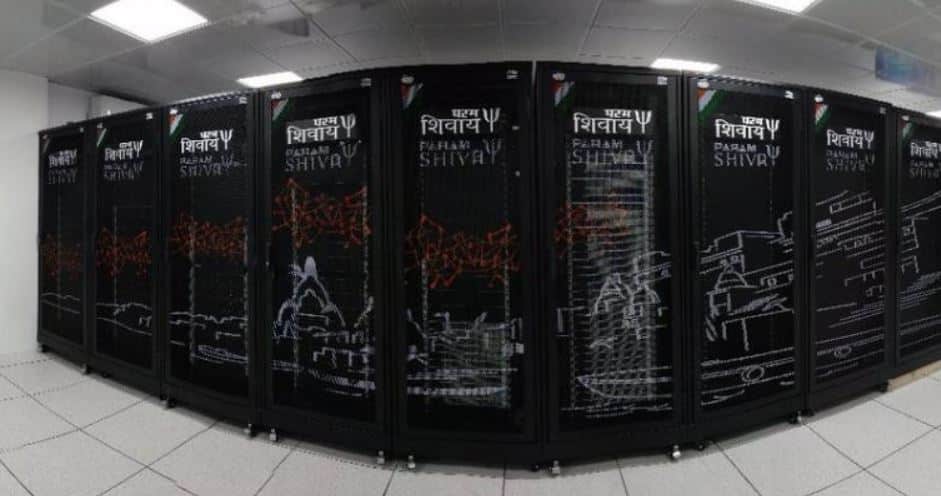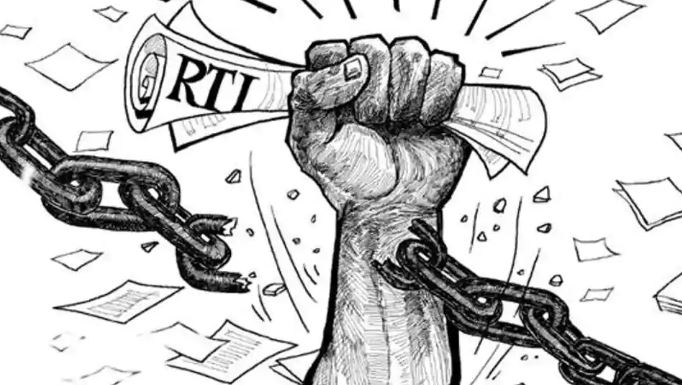Table of Contents
Mountbatten Plan or 3rd June Plan – Dickie Bird | Ismay | Plan Balkan
Mountbatten prepared a “Dickie Bird Plan” for India’s independence. This plan was prepared by a committee of General Sir Hastings Ismay, Sir George Abell and Lord Mountbatten himself. Plan Balkan was completed and presented on 15-16 April 1947 by Hastings Ismay to assembly of provincial governors in Delhi. Due to this, this plan was also called “Ismay Plan”.
- Balkan plan was an alternative plan to Cabinet mission. Between March and May of 1947, Mountbatten decided that the Cabinet Mission Plan had become untenable and formulated an alternative plan. This plan envisaged the transfer of power to separate provinces (or to a confederation, if formed before the transfer), with Punjab and Bengal given the option to vote for partition of their provinces.
- The various units thus formed along with the princely states (rendered independent by lapse of paramountcy) would have the option of joining India or Pakistan or remaining separate. The plan was quickly abandoned after Nehru reacted violently to it.
Mountbatten Plan or 3rd June Plan | UPSC – IAS
Mountbatten Plan was also known as the 3rd June Plan. The British government proposed a plan announced on 3rd June 1947 that included these principles:
- Principle of the Partition of British India was accepted by the British Government
- Successor governments would be given dominion status
- autonomy and sovereignty to both countries
- can make their own constitution after partition
The freedom with partition formula was coming to be widely accepted well before Mountbatten came. One major innovation (actually suggested by V.P. Menon) was the immediate transfer of power on the basis of grant of dominion status (with ”a right of secession), thus obviating the need to wait for an agreement in the Constituent Assembly on a new political structure.
Mountbatten Plan Main Points | UPSC – IAS
The important points of the plan were:-
- Punjab and Bengal would meet in two, groups Hindus and Muslims, to vote for partition. If a simple majority of either group voted for partition, then these provinces would be partitioned.
- In case of partition, two dominions and two constituent assemblies would be created.
- Sindh would take its own decision.
- Referendum: in NWFP and Sylhet district of Bengal would decide the fate of these areas.
- Since the Congress had conceded a unified India, all their other points would be met
- Independence for princely states ruled out, they would either join India or Pakistan.
- Independence for Bengal ruled out.
- Accession of Hyderabad to Pakistan ruled out (Mountbatten supported the Congress on this).
- Freedom would come on August 15, 1947.
- A boundary commission would be set up if partition was to be effected.
Thus, the League’s demand was conceded to the ‘extent that Pakistan would be created and the Congress’ position on unity was taken into account to make Pakistan as small as possible. Mountbatten’s formula was to divide India but retain maximum unity.
Why Congress Accepted Dominion Status? | UPSC – IAS
The Congress was willing to accept dominion status despite its being against the Lahore Congress (1929) spirit because
- It would ensure a peaceful and very quick transfer of power;
- It was more important for the Congress to assume authority to check the explosive situation; and
- It would allow for some much needed continuity in bureaucracy and army.
*For Britain, the dominion status offered a chance to keep India in the Commonwealth, even if temporarily, considering the economic strength, defence potential and greater value of trade and investment in India.
Why Congress Accepted Partition? | UPSC – IAS
The Congress was only accepting the inevitable due to the long-term failure to draw Muslim masses into the national movement. The partition reflects the success-failure dichotomy of the Congress-led anti imperialist movement.
- The Congress had a two fold task— structuring diverse classes, communities, groups and regions into a nation, and Securing independence for this nation.
- While the Congress succeeded in building up sufficient national consciousness to exert pressure on the British to quit India, it failed in completing the task of welding the nation, especially in integrating the Muslims into the nation.
- Only an immediate transfer of power could forestall the spread of ‘direct action‘ and communal violence. The virtual collapse of the Interim Government also made the notion of Pakistan appear unavoidable.
The partition plan ruled out independence for the princely states which could have been a greater danger to the Indian unity as it would have meant Balkanisation of the country.
Rationale for an Early Date (August 15, 1947) | UPSC – IAS
Britain wanted to secure Congress’ agreement to the dominion status. At the same time the British could escape the responsibility for the communal situation.
- Two boundary commissions, one in respect of each province, were constituted to demarcate the boundaries of the new provinces. The referendum in NWFP decided in favour of Pakistan, the Provincial Congress refraining from the referendum. Balochistan and Sindh threw in their lot with Pakistan.











